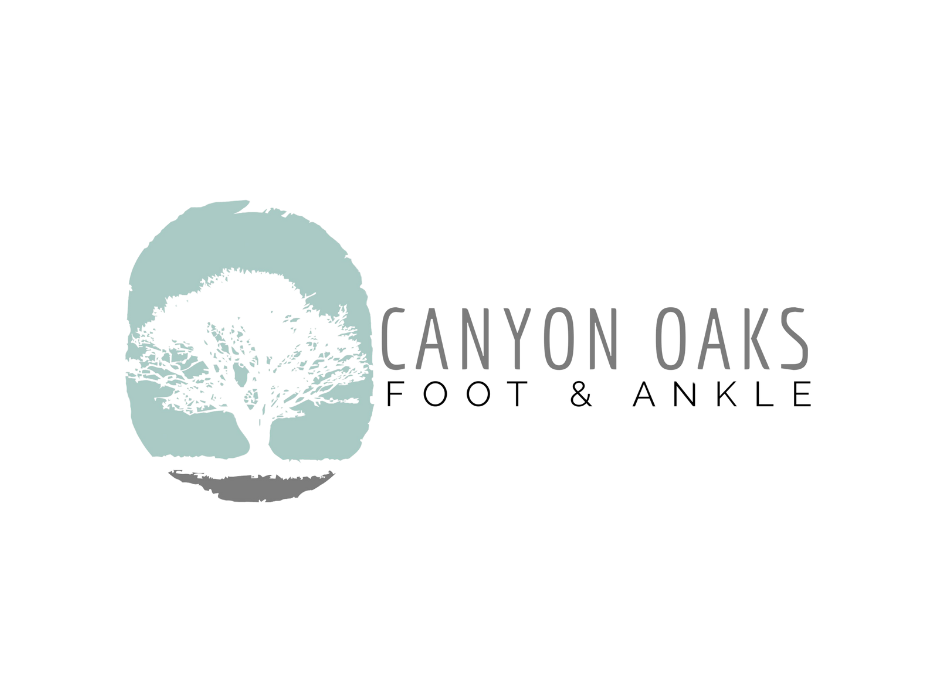Heel spurs develop as an abnormal growth on the heel bone. When the plantar fascia pulls away from the heel area, calcium deposits build up causing a bony protrusion to develop. The plantar fascia is a broad band of fibrous tissue situated along the bottom of the foot, running from the heel to the forefoot. These spurs cause extreme pain in the back of the foot, especially while walking or standing.
What causes heel spurs?
Over-pronation (flat feet) is usually the main culprit, but people with unusually high arches can also develop them. Typically, women have a significantly higher incidence of developing these calcium deposits because of the types of footwear often worn on a consistent basis.
What are the symptoms of heel spurs?
While many people with heel spurs show obvious signs, some experience little to none of the below listed symptoms. Some people may experience no symptoms at all. These people may only discover they have heel spurs if they have an X-ray for another reason. If you experience any of the symptoms listed book an appointment below with your foot and ankle specialist.
- Stabbing pain in the heel when standing up in the morning
- Dull aches in the heel throughout the day
- Swelling or inflammation at the front of the heel
- Radiating heat in the affected area
- Small, bone-like protrusions under the heel
- Tenderness at the bottom of the heel that makes it hard to walk barefoot
Treatment and Prevention
The first step in treating heel spurs is isolating the cause of the excessive stretching of the plantar fascia. For those with flat feet, an orthotic with rearfoot posting and longitudinal arch support is likely to be prescibed to reduce the tension. Other treatments include stretching exercises, losing weight, and wearing shoes that have a cushioned heel that absorbs shock. Heel cradles, heel cups and orthodics have also been known to help alleviate chronic heel pain.
Get Help Now
Please complete the form below and we will be in touch with you within 1 business day.
